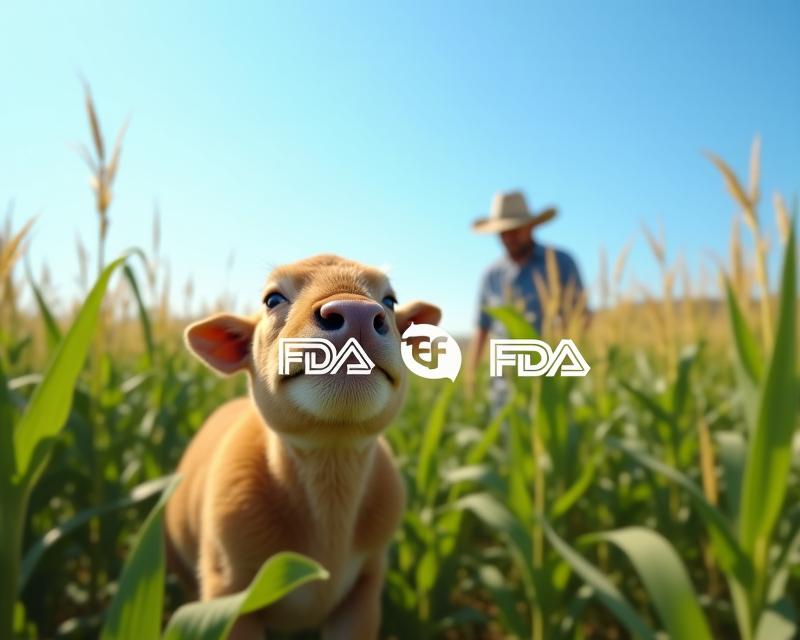GMOs & Government: What Farmers Need to Know
Publish in Crops el 23/07/2025 16:40
GMOs & Government: What Farmers Need to Know
Genetically Modified Organisms (GMOs), often called transgenic crops, are a big part of modern agriculture. But have you ever wondered who makes sure these crops are safe and regulated? It’s a good question, especially for farmers like you who are constantly looking for ways to improve yields and manage pests. The U.S. government has a multi-agency approach to overseeing the development and sale of GMOs, ensuring both safety and responsible innovation.

The Key Players: FDA, USDA, and EPA
Three main federal agencies play crucial roles: the Food and Drug Administration (FDA), the United States Department of Agriculture (USDA), and the Environmental Protection Agency (EPA). Each agency focuses on a different aspect of GMO regulation. The FDA primarily focuses on the safety of the food itself. They assess whether a new GMO crop is safe for human consumption, looking at potential allergens, toxins, and nutritional impacts. This involves reviewing data from extensive testing and ensuring proper labeling.
The USDA is responsible for regulating the planting and growing of GMOs. They have a program called the Animal and Plant Health Inspection Service (APHIS) that reviews GMOs to determine if they pose a risk to plant health or the environment. APHIS assesses whether the GMO is likely to spread its genes to other plants and whether it could create a new pest or weed problem. Essentially, they’re looking out for unintended consequences in the agricultural ecosystem.
Finally, the EPA regulates the use of pesticides and herbicides on GMO crops. Many GMOs are engineered to be resistant to certain herbicides, like glyphosate. The EPA evaluates the safety of these herbicide-tolerant crops and the herbicides themselves, ensuring they don't pose risks to human health or the environment. They set limits on how much of a particular pesticide can be used and how it can be applied.
The Regulatory Process: A Multi-Step Approach
Developing a new GMO crop is a lengthy and complex process. It typically starts with genetic modification in a lab, followed by extensive testing in controlled environments and field trials. Before a GMO crop can be sold commercially, it must undergo rigorous review by the FDA, USDA, and EPA. This includes submitting detailed data on the crop's composition, safety, and environmental impact. The agencies evaluate this data to determine if the GMO meets all regulatory requirements. It’s a demanding process, but it's designed to protect consumers, farmers, and the environment. Understanding these regulations can help you make informed decisions about the crops you choose to grow and the products you use on your farm. Staying informed about these regulations is key to navigating the evolving landscape of modern agriculture.





